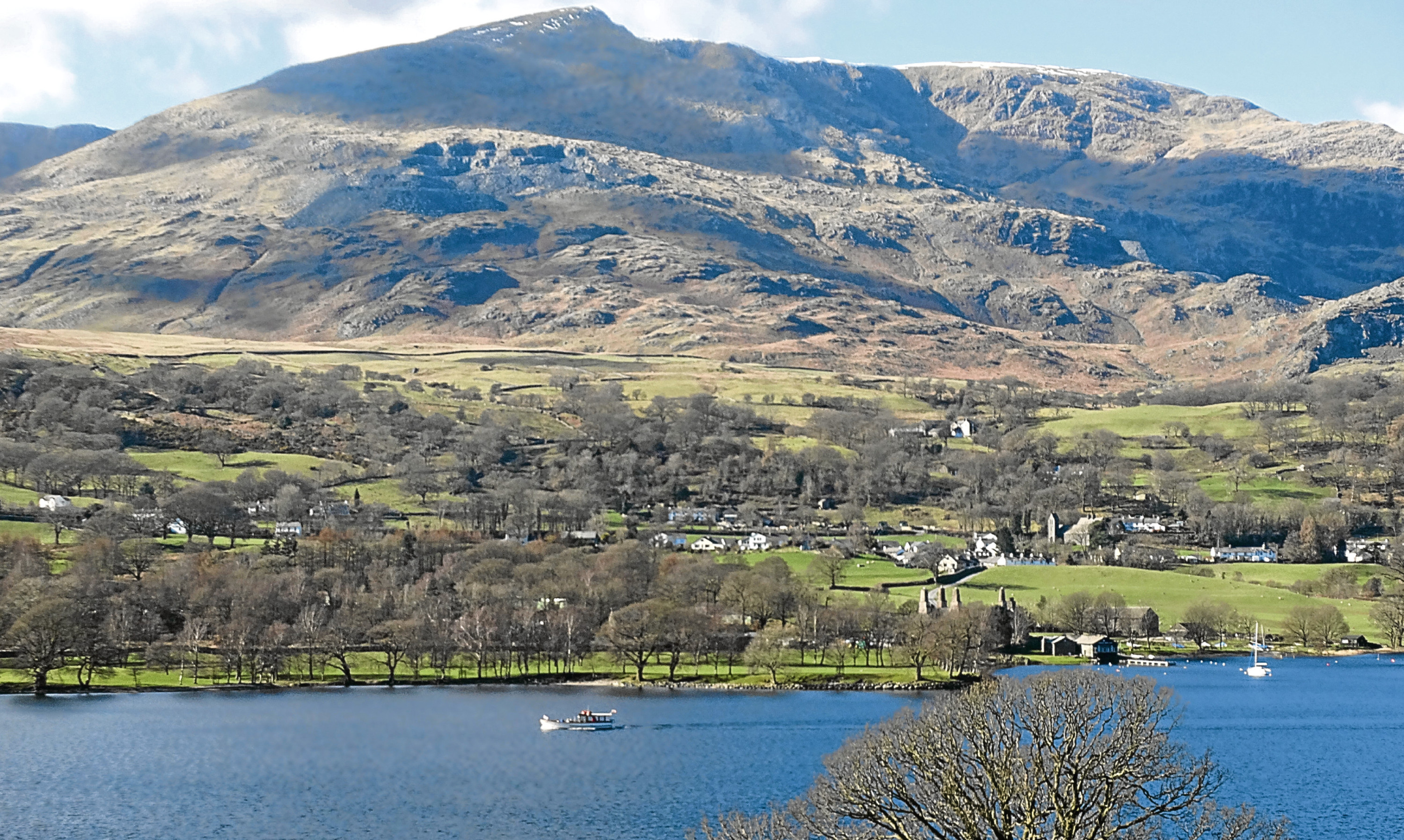The Doyenne and I are back after a break in Crumble Cottage, in Cartmel, not far from Morecambe Bay – so, Lake District. Why Crumble, you ask? Our hosts grow rhubarb and make lots of rhubarb crumble and the name just evolved spontaneously.
There are seven bee boles in the cottage garden, stone shelters for the old-time straw beeskeps, which were placed inside in winter and covered to protect the insects from the hard weather.
Until the latter part of the 17th Century honey was the cook’s staple sweetener. When tea and coffee became popular drinks of the drawing rooms of the great and the good and only the wealthiest could afford them, sugar from the Scottish West Indies plantations became the must-have sweetener to accompany them.
Cartmel has a priory and a racecourse, which seem a somewhat questionable alliance and one might wonder who is betting most on what outcome.
The bee boles are also an echo of the medieval need for beeswax to provide candles for the priory. The wax was clearly a valuable commodity for the boles could be secured to deter sticky-fingered visitors.
Carved into a lintel in the cottage is the text “Begin nothing where of thou hast not well considered the end”. I can’t help thinking it is an admonition that might usefully be displayed above the entrance to the racecourse.
The Lake District is the Doyenne’s stamping ground, with memories of family holidays and brown Morecambe Bay shrimps. Served smothered in butter on crusty brown bread – spread with more butter, of course – they are one of life’s outrageously tasty cholesterol fixes.
The Lake District shares many features with Scotland. It has England’s highest mountains and deepest lakes; miles of desolation and is home to tough Herdwick sheep instead of our hardy Blackfaced breed. They like our Scottish beef – we saw Highland cattle and Belted Galloways, which are well suited to the harsh Cumbria winters.
They call it the Lake District but there’s only one lake – Bassenthwaite. The rest are meres like Windermere, or tarns and waters. They may have mountains but half of them are fells. Their becks and tarns are our burns and lochs. Our glens their dales. A Lakeland gill, or ravine, is just as steep as a Borders cleuch or Highland gully.
A striking feature of the landscape are the miles upon miles of dry stone dykes enclosing large fields and small fields and striding off over the fellsides, marking farm and estate boundaries.
Much of the stone came from clearing fields for grass for sheep but much must have been carted in and hauled up the steep hillsides by horse and sledge. It says something about the bloody-minded determination of the fell farmers to create their farms from such unpromising beginnings. The sheer physical effort and thousands of man hours expended is incalculable.
The old names of the Lakeland counties, Cumberland and Westmorland, familiar to readers who, like the Doyenne and me, may be getting a bit smooth in the tooth, were scrapped in the 1974 local government reorganisation to create today’s Cumbria.
The old names are not lost. Cumberland and Westmorland wrestling is still as regular a feature of the agricultural shows as Highland wrestling is of our Highland Games. Except, of course, we hardy Scots do it in kilts. And they’d surely never dare to get rid of that northern delicacy, Cumberland sausage.
We were blessed with two perfect sunny days. On Wednesday we drove to Windermere and visited Blackwell, a beautifully preserved arts and crafts house built in 1900 as a holiday home for a wealthy Manchester brewing family.
The architect, Baillie Scott, was a contemporary of and shared Charles Rennie Mackintosh’s holistic philosophy of blending architecture and interior design. Scott designed all the fittings and furnishings throughout the house, down to clocks and rugs and even the piano. It must have been a wonderfully freedom-filled holiday home for children and is certainly well worth taking the time for a visit.
On Thursday we took the narrow, winding road along the east side of Coniston Water. In parts it’s as tricky as any Highland road but they were much more sparing on passing places when they were building it.
An added hazard are the hedges which grow right on the roadside with no verge to save your paintwork if you drive too close. It was hot in the sun if you were sheltered but a sneaky wind was kicking up cats paws on the water.
Coniston was the scene of Donald Campbell’s ill-fated attempt to break his own world water speed record in his speedboat Bluebird on January 4 1967, which ended in his untimely death.
Towering over the lake, Coniston Old Man’s massif dominates the skyline. The old boy still had an eyebrow of snow running along his summit.
As we drove back to Crumble Cottage we found the Esthwaite Water trout fishery and met Dundee exile Jim Robertson, who has come back to the UK after many years abroad and taken over the business as his retiral project.
